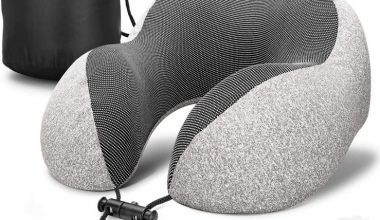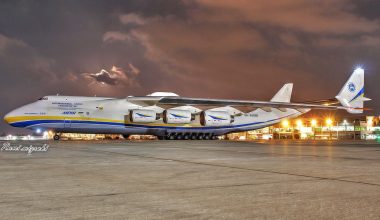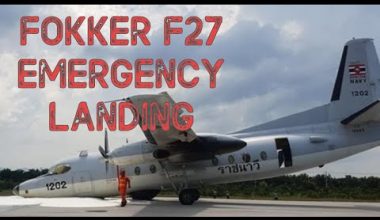We have often seen elevators installed on buildings to improve accessibility to upper levels. But the elevator we are discussing now is not a regular or residential elevator. It’s the elevator that’s crucial for aircraft operation. What is an elevator, and how does it work in an aircraft?
In aeronautics, an elevator is a flight control surface that is used to control the position of the nose of an aircraft and is situated at the tail part. The aircraft elevators control the angle of wing attack by changing the effective airfoil shape of the horizontal stabilizer. Most aircraft have two elevators, one mounted on the trailing side and the other on a horizontal stabilizer allowing the pilot to control the plane’s pitch. Pitch is the movement around the lateral axis of aircraft. Unlike the ailerons, they rotate up and down simultaneously through linkage in manual or autopilot control aircraft and through the fly-by-wire systems in modern aircraft (such as A320).
How does an elevator work in an aircraft?
An elevator is one of the primary flight controls deflected in flight that responds to the forward or aft movement of an aircraft control column or stick. The elevators work by the movement of control columns backward and forward.
Also Read: How are paper planes stable?
The horizontal stabilizer at the rear of the fuselage prevents up-and-down or pitching, the motion of the aircraft nose to keep the aircraft level in flight. The elevators at the rear of the stabilizer attached to each side of the fuselage generate and control the pitching motion of an aircraft by varying the amount of force generated by the tail surface through their movements.

If the elevator moves down, the chamber of the horizontal stabilizer increases, and so does the lift. The additional lift on the tail surface creates an upward force away from the center of gravity, causing rotation around a lateral axis. As a result, the aircraft’s nose will rotate down about its center of gravity. This will prepare the plane to land. The opposite occurs when the elevators move up, i.e., the aircraft’s nose can be pointed up about the center of gravity, allowing the aircraft to climb. During take-off, elevators are deployed upward to increase the downforce on the tail to push it down and nose up to begin climbing out and accelerate the aircraft upwards.
This is how an elevator works in an aircraft.
Elevator trim tabs
The elevator trim tab is a secondary flight control that frees the pilot from exerting constant force on pitch control by adjusting the angle of the tab relative to the large surface of the aircraft. As pilots need to determine and maintain airspeed with a minimum of control forces, the trim tab is present at the rear of the elevator, which moves with the wheel’s turning in the cockpit to allow pilots to stabilize the controls.
Why are there elevators in the airplane?
As we have already discussed on ‘how does an elevator work in an aircraft?’ it is also important to understand why an airplane has an elevator? This flight controller component is used to obtain longitudinal or pitch control moments to uphold the aircraft nose up or down to make aircraft descent or climb. The generation of high lift and drag force for aircraft wings is largely dependent on aircraft elevators. Most air operators use these elevators for auto-controlling purposes in the modern travel age. Horizontal stabilator aircraft elevators, Elevons aircraft elevators, and Levcons aircraft elevators are the types of elevators one can find in the aviation industry depending on the product categories.
Ailerons and Rudder
Besides elevators, Ailerons and rudders are also required to retain control over an aircraft safely while flying. Ailerons can be seen in action as it is located near the outboard trailing edge of each wing, and both left and right ailerons move in an opposite direction from each other, so when one is raised, the other side will go down and vice versa. These horizontal flaps have up and down acting forces away from the center of gravity, resulting in aircraft rotation about its longitudinal axis.

The rudder is also a control surface that maneuvers the airplane in flight that is controlled by rudder pedals on an aircraft that can rotate side to side about its hinge axis, located on the vertical stabilizer at the trailing edge.
All these control surfaces, i.e., elevators, ailerons, and rudder, are deflected back and forth at the command of the pilot in order to accurately maneuver the airplane. What are your thoughts on the working mechanism of aircraft elevators?






